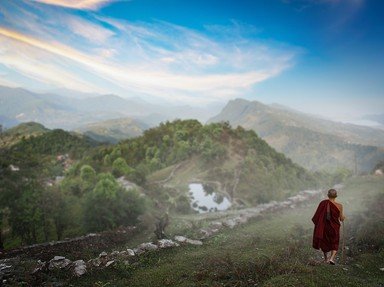
Nepal or Not? - The 8000'ers Trivia Quiz
There are fourteen Himalayan peaks that top out above eight thousand feet. In this quiz, you need to identify which fourteen are in Nepal (or on its borders) and which have nothing to do with this high-elevation nation. Good luck!
A classification quiz
by kyleisalive.
Estimated time: 4 mins.
- Home
- »
- Quizzes
- »
- Geography Trivia
- »
- Asia
- »
- Nepal